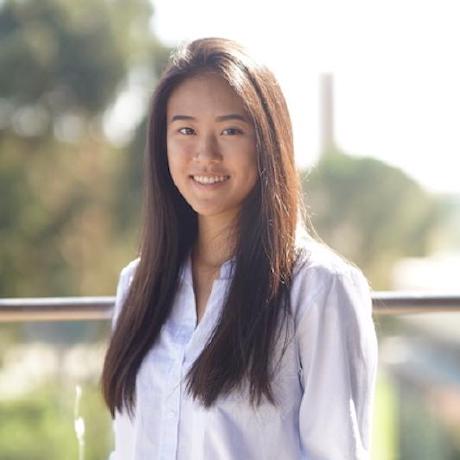Creating new projects using the full editor
This guide will demonstrate how to use the embedded full editor in your own application.
create()
The create method starts the full editor workflow with an empty canvas.
Copied to your clipboard// Initialize the SDK firstconst { editor } = await ccEverywhere.initialize();editor.create(docConfig, appConfig, exportConfig, containerConfig);
All the properties are optional.
| Property | Type | Description |
|---|---|---|
docConfig | Pass a custom canvas size | |
appConfig | Parameters to configure editor/modal UI | |
exportConfig | Configure export options. If no export options are specified, the editor falls back to the default layout options. | |
containerConfig | Properties to configure the SDK container |
createWithAsset()
Use createWithAsset() to launch the full editor with a pre-selected image or video asset.
Copied to your clipboard// Initialize the SDK firstconst { editor } = await ccEverywhere.initialize();editor.createWithAsset(docConfig, appConfig, exportConfig, containerConfig);
| Property | Type | Description |
|---|---|---|
docConfig | Pass an image and custom canvas size | |
appConfig | Parameters to configure editor/modal UI | |
exportConfig | Configure export options. If no export options are specified, the editor falls back to the default layout options. | |
containerConfig | Properties to configure the SDK container |
Example: Create new project
The following code will invoke the full editor. It appears in a modal. When the user finishes in the editor and saves/publishes their design, the onPublish callback is invoked. Resulting project data is sent in publishParams. In this example, we save the project info (project_id) and display the image data (of the first page of the user's design) in some image container image_data.
Copied to your clipboard// Initialize the SDK firstconst { editor } = await ccEverywhere.initialize(hostInfo);const callbacks = {onCancel: () => {},onPublish: (intent,publishParams) => {const localData = { project: publishParams.projectId, image: publishParams.asset[0].data };updateImage(localData);},onError: (err) => {console.error('Error received is', err.toString());},};let appConfig = { callbacks: callbacks}const updateImage = (localData) => {image_data.src = localData.image;project_id = localData.project;}editor.create(appConfig);
Example: Create from asset
To launch the editor with a starting asset, the createWithAsset API takes a asset in inputParams. When the user finishes in the editor and saves/publishes their design, the onPublish callback is invoked. Resulting project data is sent in publishParams. In this example, we save the project info (project_id) and display the image data (of the first page of the user's design) in some image container image_data.
Copied to your clipboard// Initialize the SDK firstconst { editor } = await ccEverywhere.initialize(hostInfo);const callbacks = {onCancel: () => {},onPublish: (intent,publishParams) => {const localData = { project: publishParams.projectId, image: publishParams.asset[0].data };updateImage(localData);},onError: (err) => {console.error('Error received is', err.toString());},};let appConfig = { callbacks: callbacks}const updateImage = (localData) => {image_data.src = localData.image;project_id = localData.project;}let docConfig = {asset: {data: base64Asset,dataType: 'base64',type: 'image'}}editor.createWithAsset(docConfig, appConfig);
